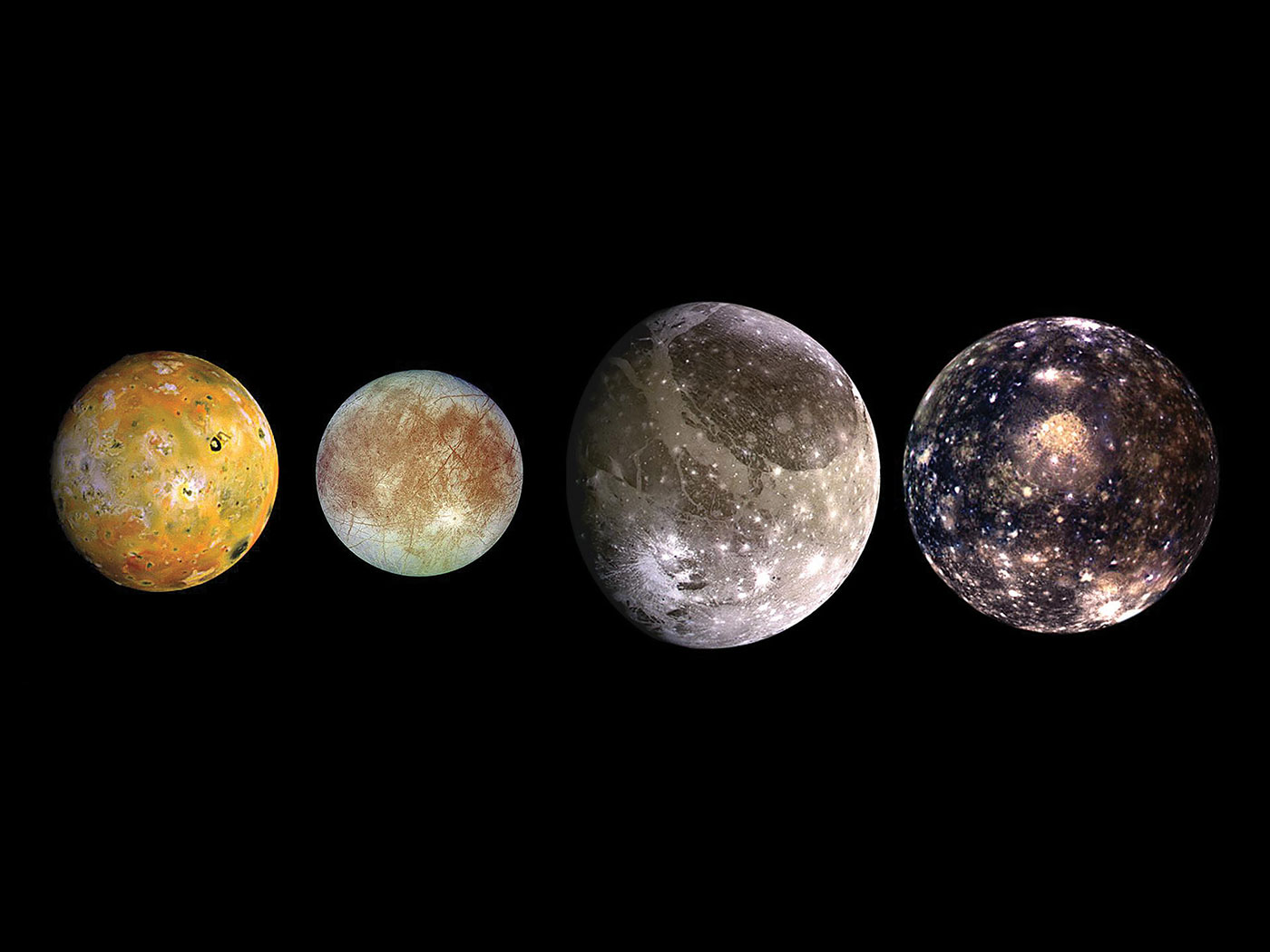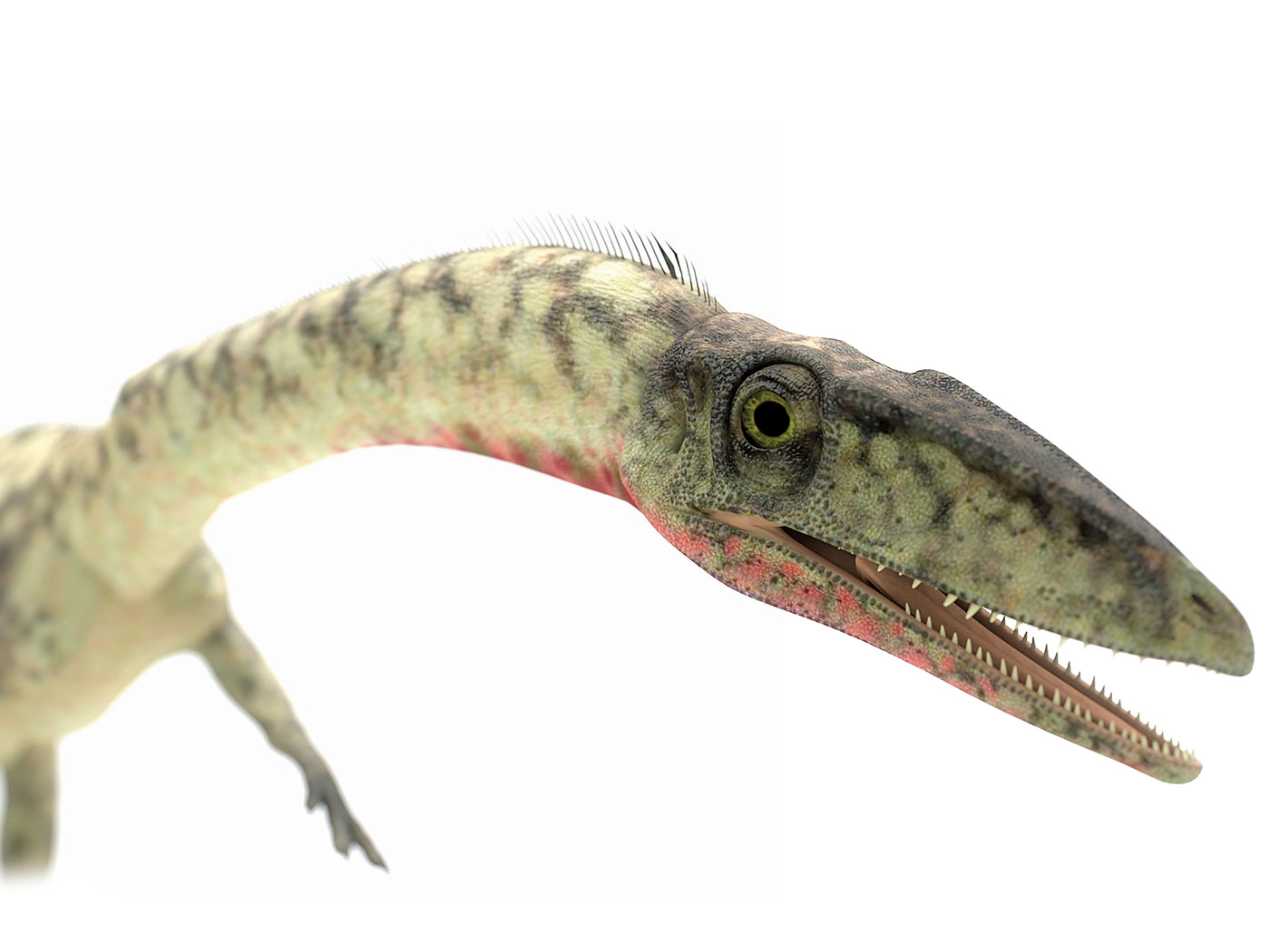
Paleozoic Scorpion Exoskeleton Gainsays Assigned Age
Among land-dwelling arthropods, the sheer number of just ants and beetles that live and die each year is phenomenal. And ocean krill exist in even higher numbers. Each of these creatures leaves behind an exoskeleton. If it were not for remarkably efficient exoskeleton-eating microbes, the earth would quickly fill up with arthropod carcasses.

Origins Breakthroughs of 2010: Paleontology
Every year brings new scientific discoveries that shed light on the past. The Institute for Creation Research is dedicated to the study of origins from a biblical perspective, and ICR News has compiled what it considers to be the top findings related to origin studies from 2010.

The Mysteries of Stunning Soft Tissue Fossil Finds
The controversial soft tissue finds of North Carolina State University paleontologist Mary Schweitzer are gaining renown, and for good reason. She found organic material in fossilized dinosaurs and other creatures that should not have existed after having supposedly been buried for millions of years.

'Remarkably Preserved' Shrimp Is 350 Million Years Old?
Researchers from Ohio University found a shrimp buried in a layer of limestone in Oklahoma. The fossil has been deemed to be the oldest shrimp ever discovered, stretching the purported evolutionary history of this tiny crustacean by about 125 million years.

Cache of Amber in India Looks Young
Masses of amber, ranging in size "from sand grains to several centimeters"1 in diameter, have been excavated from coal mines in western India. While scientists are excited by the many insect and other species preserved in the amber, the find contains three features that are very difficult to reconcile with evolutionary history.






